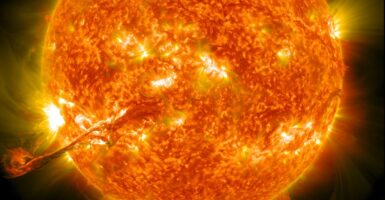Artificial Sun Sets Nuclear Fusion Record At 100 Million Degrees
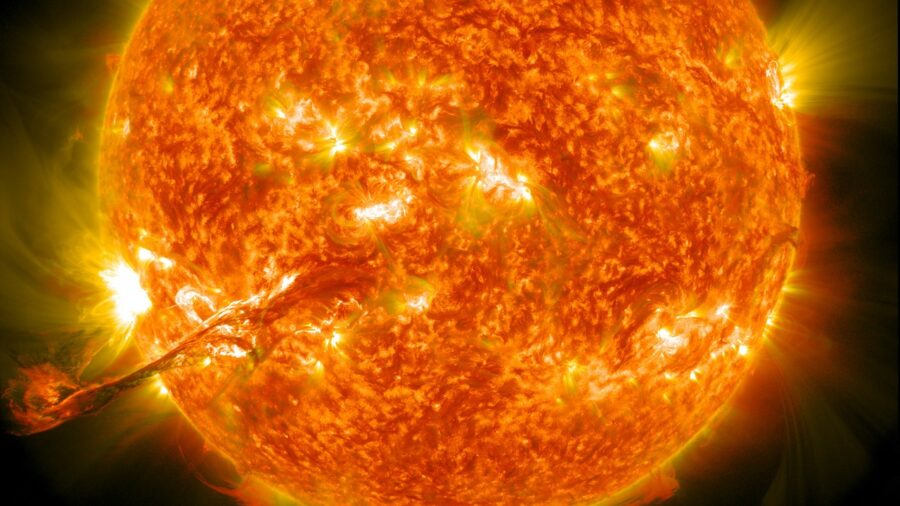
A new record has been set in nuclear fusion, with South Korea’s so-called artificial sun breaking the record for the longest time keeping plasma at 100 million degrees Celsius. The new record demonstrates that scientists are moving closer to nuclear fusion being a viable method of energy production. The ability to sustain plasma at such a high temperature is crucial to the future of fusion, making the record a crucial step forward.
The KSTAR Device
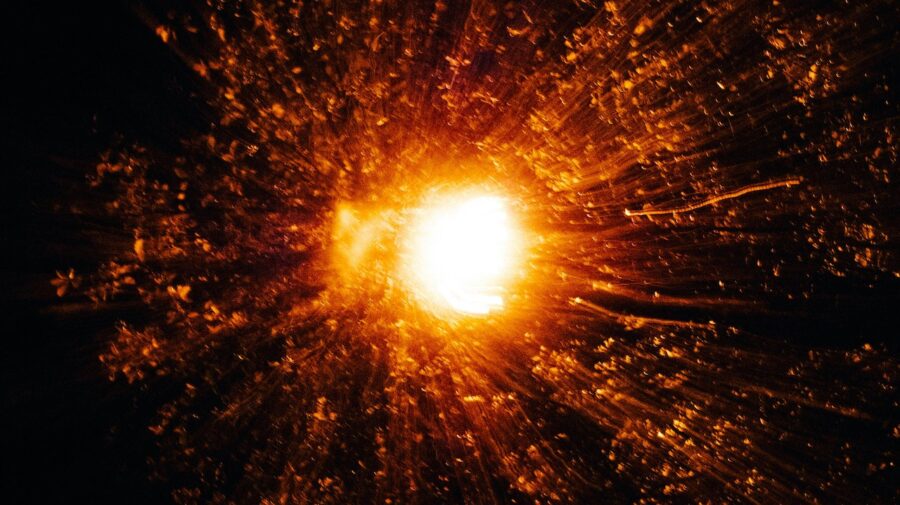
The record-breaking artificial sun called the KSTAR device, was developed by the Korean Institute of Fusion Energy (or KFE) under director Si-Woo Yoon. This project is part of an international effort to make the new technology sustainable and commercially viable.
This record builds on earlier efforts from scientists in the United States and the UK, which have had major breakthroughs in recent years, such as creating the first energy-positive reaction and setting the record for the most energy created in a nuclear fusion reaction.
Plasma At 100 Million Degrees
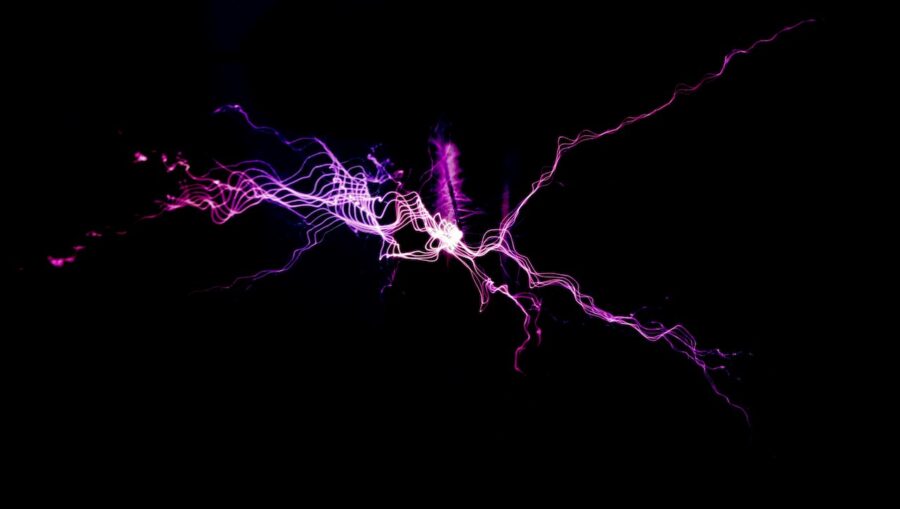
The record set by the KFE’s artificial sun was keeping plasma at 100 million degrees Celsius for 48 seconds. This beat the old record of 30 seconds which was set in 2021. Si-Woo Yoon and the KFE hope to reach the milestone of 300 seconds at that temperature by 2026, making the current new record a stepping stone for the new technology.
Nuclear Fusion
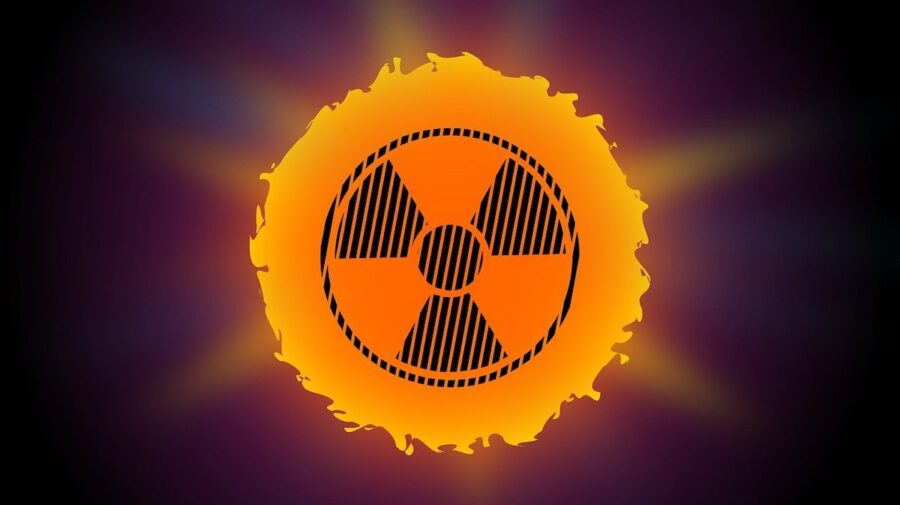
Nuclear fusion is important for the future of sustainable energy as the process produces massive amounts of energy without creating any carbon pollution. The artificial sun is the kind of device scientists hope will eventually create unlimited clean energy, solving the problem of global warming.
That’s why the scientific community is paying so much attention to new records like the one set by the KSTAR device.
Showing Promise
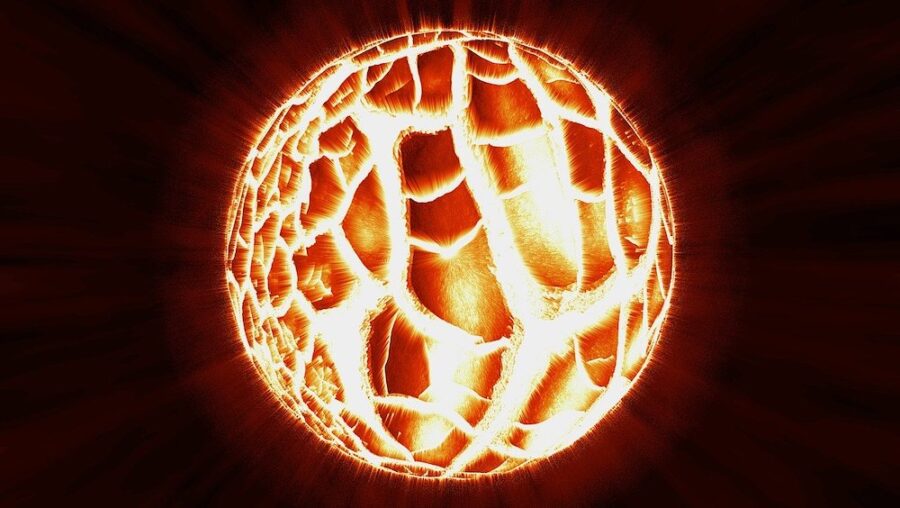
Many scientific and engineering problems need to be solved before nuclear fusion can become a viable source of energy, but the artificial sun shows promise.
The device’s ability to superheat plasma to temperatures seven times the heat of the sun’s core is an amazing technology and the KFE has improved the KSTAR device’s ability to sustain those temperatures by tweaking its components.
This most recent record was achieved by swapping out carbon diverters for tungsten diverters, among other tweaks to the device.
Meeting The World’s Energy Needs?
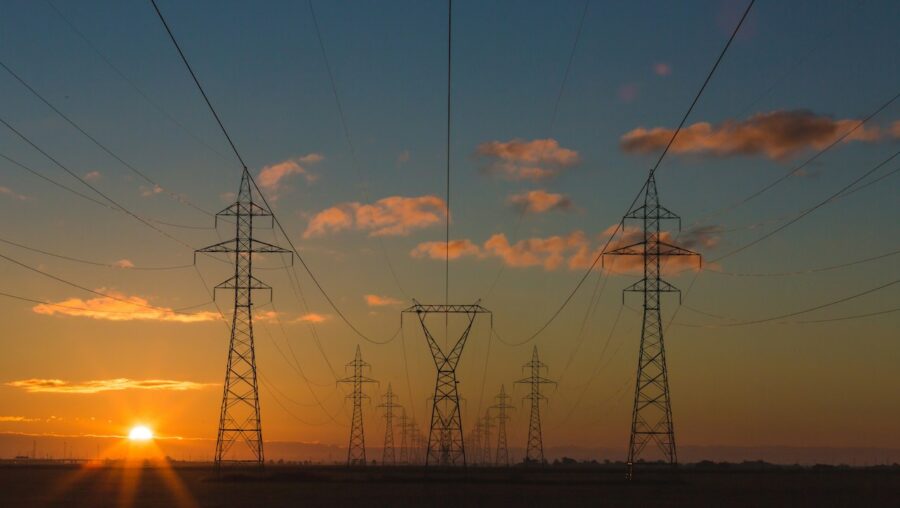
While the artificial sun in South Korea is an important device for developing nuclear fusion technology, it’s only one of a few such devices called tokamaks.
The lessons learned in South Korea can be applied to other devices, such as the International Thermonuclear Experimental Reactor in Southern France, the world’s largest tokamak reactor.
These larger reactors will prove whether or not nuclear fusion technology can be scaled to meet the world’s energy needs.
Enough To Stop Climate Change?

The recent breakthroughs are promising, but other sustainable energy sources remain necessary because the technology is so early in development.
Aneeqa Khan, of the University of Manchester in the UK, warns that the technology isn’t developed enough to help with the current climate emergency.
Instead, more developed energy sources should be implemented now, with artificial suns and nuclear fusion being part of future plans for sustainable energy.
Source: CNN









